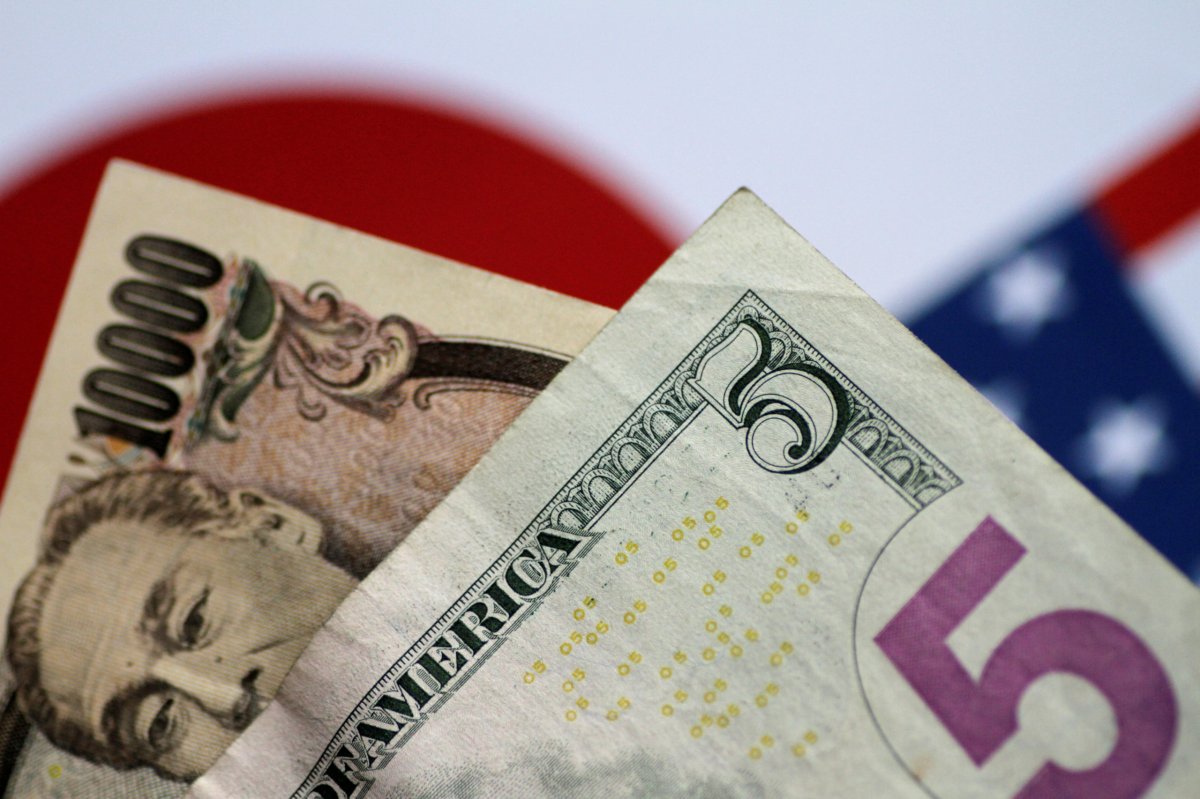NEW YORK (Reuters) – The dollar fell against a basket of major currencies on Tuesday modestly pressured by the weight of Federal Reserve measures meant to ensure there was enough liquidity in the global financial system.
The dollar earlier in the session benefited from quarterly and fiscal year-end demand from portfolio managers and Japanese firms, but trading was choppy, with the dollar alternating between gains and losses.
For the quarter, the dollar <=USD> was the biggest gainer, rising 2.8%. The Norwegian crown was the biggest loser <NOK=D3>, falling 18% against the dollar.
Analysts said the steep fall in U.S. equity markets during March led to increased buying of dollars for asset managers seeking to rebalance their portfolios at the end of the month.
But the U.S. currency pared gains in the aftermath of the latest Fed move on Tuesday to expand the ability of dozens of foreign central banks to access dollars during the coronavirus crisis. Essentially, the Fed is allowing foreign central banks to exchange their holdings of U.S. Treasury securities for overnight dollar loans.
It is one of a slew of measures that the Fed unleashed to address liquidity problems caused by the economic fallout from the coronavirus pandemic.
That has dented the dollar’s luster a bit as the supply of the U.S. currency expands.
“The dollar will struggle to extend gains significantly at the moment just because of the relative supply of cash coming in from the Fed in dollar terms,” said Shaun Osborne, chief FX strategist at Scotiabank in Toronto.
In afternoon trading, the dollar index <=USD> was down 0.2% on the day at 99.042.
It reached 102.99, its highest in more than three years, earlier this month as a global market sell-off fueled a rush for dollars.
Dollar demand has ebbed, but analysts are still forecasting more dollar gains.
Against the yen, the dollar slipped 0.2% to 107.57 yen <JPY=EBS>. For the quarter, the dollar was down 1.1%.
Tuesday was the last trading day of Japan’s fiscal year and the end of the quarter for major investors elsewhere, which has fueled some volatility as big currency market players close their books. The bulk of those positioning changes caused the dollar to strengthen earlier.
The dollar also weakened after data showed U.S. consumer confidence dropped to a near three-year low in March as households worried about the economy’s near-term outlook amid the coronavirus pandemic.
The euro, meanwhile, was down 0.2% against the dollar at $1.1007 <EUR=>, falling 1.8% in the first quarter.
Some analysts believed that the dollar is likely to remain supported as investors brace for a sharp economic downturn in the coming quarters.
“The Fed’s efforts so far are the closest thing to taming the dollar’s strength,” said Joe Manimbo, senior market analyst at Western Union Business Solutions in Washington.
“But the desire to hold dollars remains elevated ahead of what’s expected to be a punishing second quarter for U.S. and global growth.”
Graphic: World FX rates in 2019 http://fingfx.thomsonreuters.com/gfx/rngs/GLOBAL-CURRENCIES-PERFORMANCE/0100301V041/index.html
(Reporting by Gertrude Chavez-Dreyfuss; Editing by Dan Grebler and Alistair Bell)

























